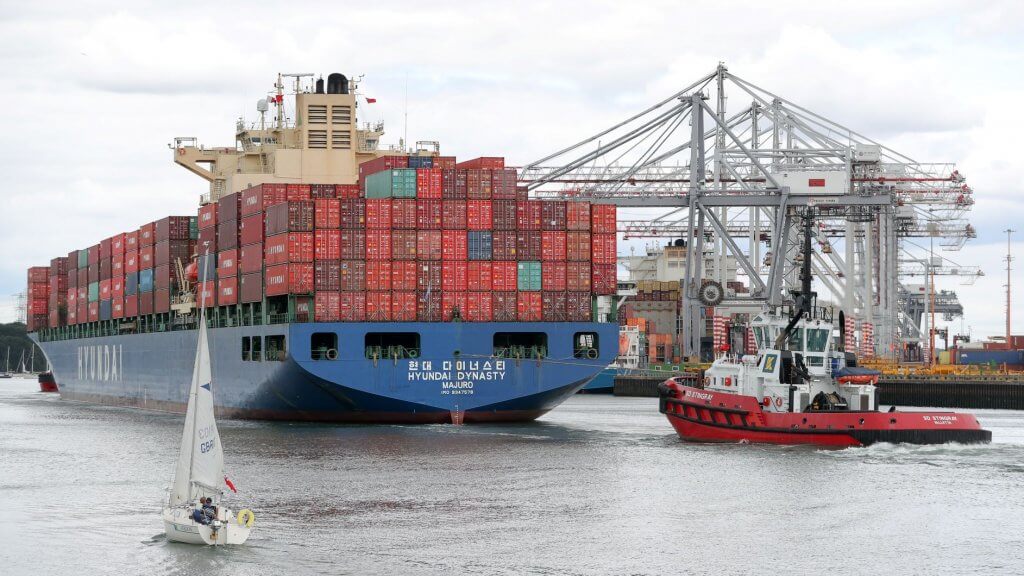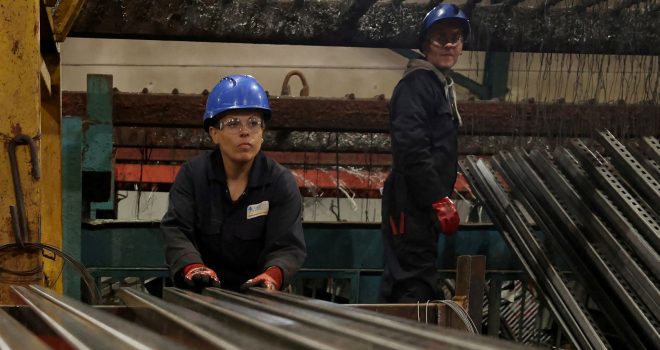An Effective Enterprise: Supply Chain Strategies That Reap Dividends

Creating a flexible working environment is more important than ever in this post-COVID world. It’s important that we increase globalisation and improve customer expectations, but in doing this, we inevitably put pressure on the supply chain.
In order to mitigate this problem, we have to implement the appropriate strategies to access growth and transport every aspect of the supply chain properly. So let’s show you some strategies that can help.
Embrace Technology
One of the biggest boons to the supply chain is the implementation of technology. The right technology can help you review the existing processes and implement technology to fill in the gaps. Many integrated business planning methods like supply documentation help to streamline the processes, and make the supply chain visible and accessible.
Optimising the Company-Owned Inventory
It’s so important to have exactly what you need and nothing more. The cost of holding inventory is very high, and the holding costs could represent around 60% of an item’s cost over the course of a year.
Planning to have exactly what you need and nothing more demands appropriate forecasting. Demand planning is also another method that can optimise your company-owned inventory.
When you include demand planning it is a preventative measure that enables you to understand your capacity. When you start to manage the level of demand throughout the supply chain, it makes for a fast smoother transition.
Set up a Governing Council
A supply chain council offers clear strategies for efficiency and functionality. And this is something that can help to align the strategies with the core goals of the company.
When a supply chain council is implemented, it removes barriers within the organisation and improves communication on a cross-functional basis.
It also helps leaders to implement more effective supply chain management in future projects. It is so important for leaders to have a clear picture of where they are going, and when leaders can address rules according to a supply chain council, this provides a far better strategy to deal with any issues that arise, but also allow leaders to implement a more clear set of duties.
Improving the Distribution Network
Improving your distribution network can comprise two different approaches. You can use graphs, charts, and similar documents in a cluster approach. This allows you to observe the process of any function at any one time. You could also take the holistic approach, which means that you take a far more comprehensive view of each essential component. The former will work if you feel you do not have time to delve deep into the processes, and the latter will help if you are looking to gain a deeper understanding of how all the components work together.
There is no right or wrong answer to this, but if you want to improve your distribution network, the best approach is the one that suits your business. This means you have to ask yourself if you are able to deal with potential problems that come your way.
If you find yourself fighting fire on a never-ending basis, taking that time out to address your strengths and weaknesses in a holistic manner, will make for a difficult, but essential, time in rediscovering your identity.
Improving Your Supplier Relationships
It’s inevitable that we come to the idea of improving supplier relationships, because if we do not cultivate these relationships on an ongoing basis, we are not going to benefit. When we treat a supplier as workers for us and nothing more, this is not going to prove effective in the long run.
When you compare yourself to a competitor with the same supplier, and you are the one that is constantly demanding a stellar service, but the competitor is a far more approachable, pleasurable, and professional individual, it’s easy to see who the supplier will prefer to do business with.
It’s important to build healthy supplier relationships, and you can do this by making goals to foster continuing value, but you also need to measure the performance and realise what aspects of the relationship you are doing incorrectly.
Conflict is a part of business, which is why if you want to build a healthy supplier relationship, you’ve got to put in the effort. Long after the deals are finalized, you must learn to maintain these relationships.
As you can see, there are a number of factors that have the potential to transform your supply chain. But it’s the best way to increase your revenue. When you have some strategies in place, incorporating more is going to add value to the supply chain, boost your business, and make it a far more effective experience.




